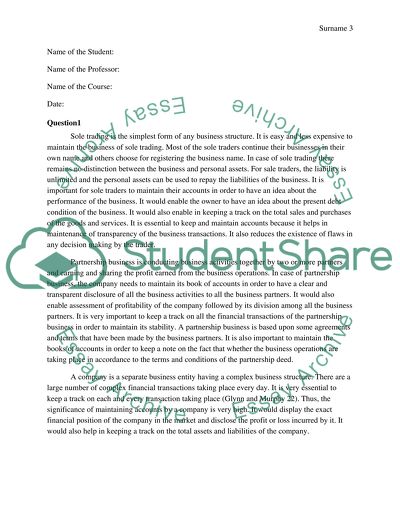Cite this document
(“Financial aspects of business an overiew Assignment”, n.d.)
Financial aspects of business an overiew Assignment. Retrieved from https://studentshare.org/finance-accounting/1485703-financial-aspects-of-business-an-overiew
Financial aspects of business an overiew Assignment. Retrieved from https://studentshare.org/finance-accounting/1485703-financial-aspects-of-business-an-overiew
(Financial Aspects of Business an Overiew Assignment)
Financial Aspects of Business an Overiew Assignment. https://studentshare.org/finance-accounting/1485703-financial-aspects-of-business-an-overiew.
Financial Aspects of Business an Overiew Assignment. https://studentshare.org/finance-accounting/1485703-financial-aspects-of-business-an-overiew.
“Financial Aspects of Business an Overiew Assignment”, n.d. https://studentshare.org/finance-accounting/1485703-financial-aspects-of-business-an-overiew.


